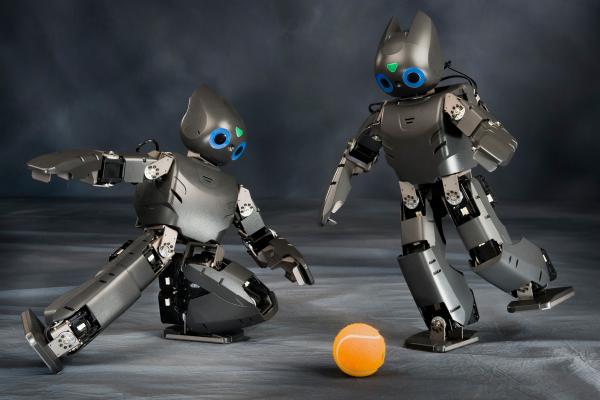In millions of years of evolution, nature has produced many sophisticated locomotor systems that engineers use as inspiration for creating better robots. We show some current technical developments that are highly advanced.
The bionic bird
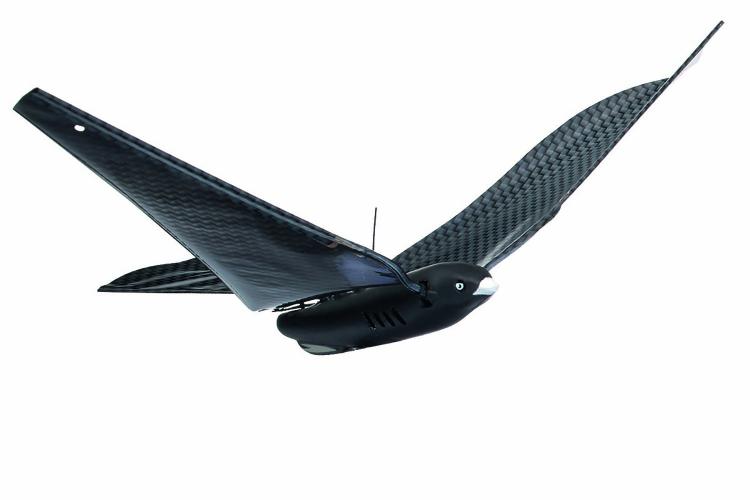
ANYmal
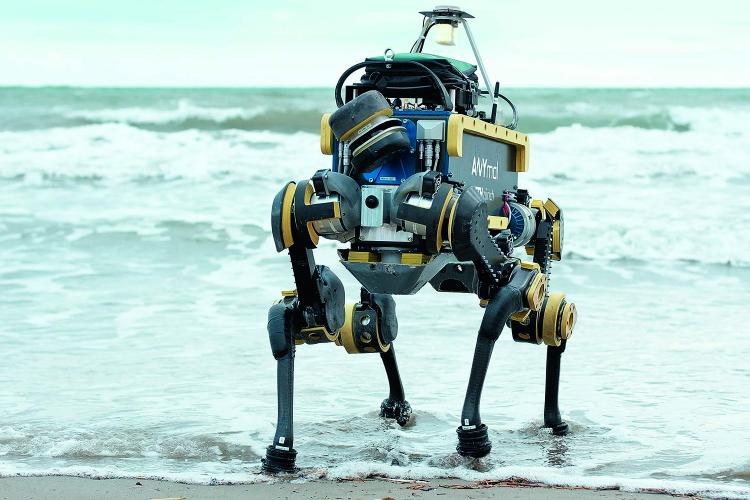
The underwater snake

The robotic snake
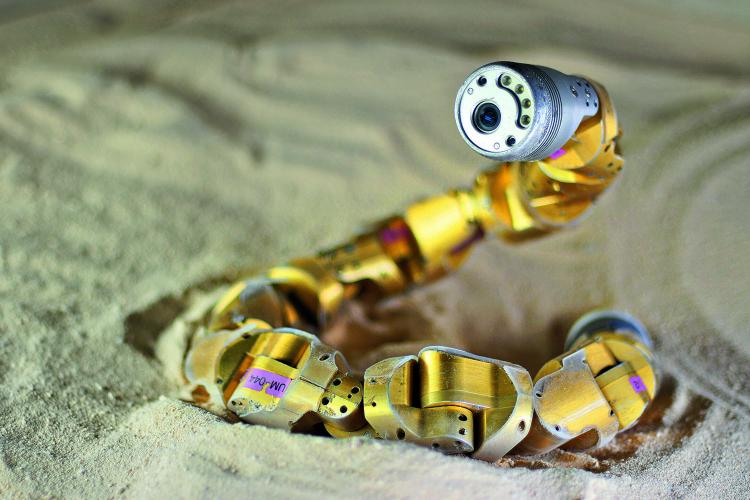
Octophant
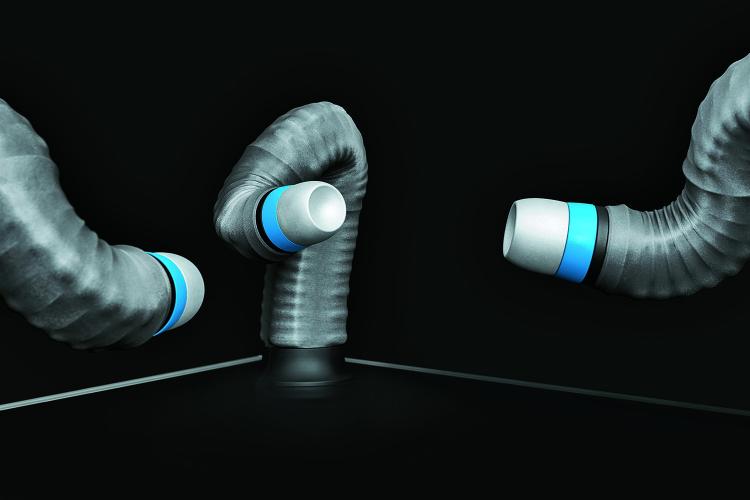
Load more




